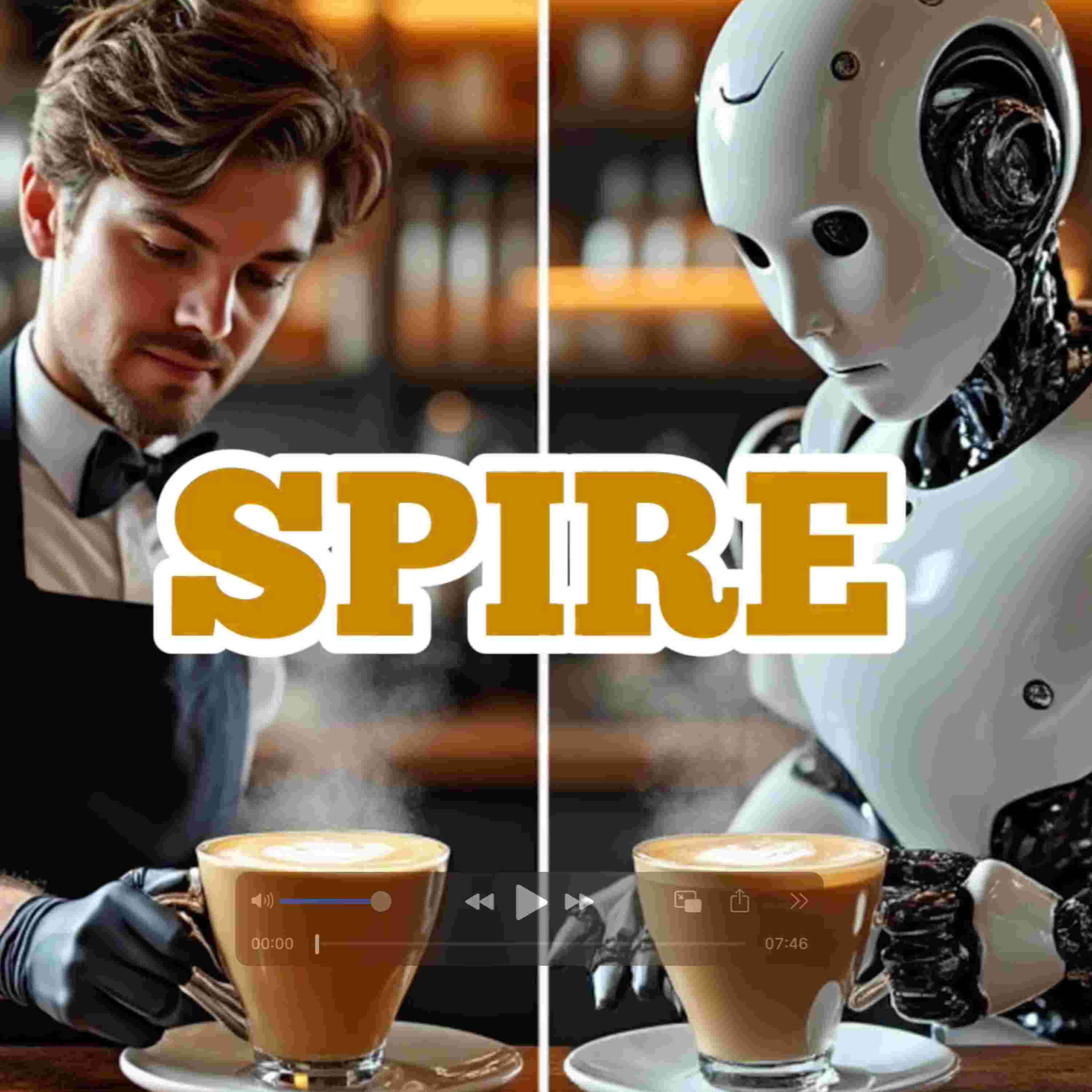

[00:00] Introduction
[00:20] Core limitations in robot manipulation: challenges with RL and IL
[01:08] SPIRE's hybrid approach: combining task planning with learning methods
[01:44] TAMP-gated learning: selective application of learned policies
[02:20] Training innovations: warm-starting RL and KL-divergence implementation
[02:59] Results: 35-50% performance gain, 6x more data efficient
[04:04] Multi-worker framework: improved sampling and distribution
[05:11] Future directions: expanding beyond rigid objects
[05:59] Curriculum learning: sequential training strategies
[07:11] Safety improvements: demonstrated through coffee task example
Authors: Zihan Zhou, Animesh Garg, Dieter Fox, Caelan Garrett, Ajay Mandlekar
Affiliations: NVIDIA, University of Toronto, Vector Institute, Georgia Institute of Technology
Abstract: Robot learning has proven to be a general and effective technique for programming manipulators. Imitation learning is able to teach robots solely from human demonstrations but is bottlenecked by the capabilities of the demonstrations. Reinforcement learning uses exploration to discover better behaviors; however, the space of possible improvements can be too large to start from scratch. And for both techniques, the learning difficulty increases proportional to the length of the manipulation task. Accounting for this, we propose SPIRE, a system that first uses Task and Motion Planning (TAMP) to decompose tasks into smaller learning subproblems and second combines imitation and reinforcement learning to maximize their strengths. We develop novel strategies to train learning agents when deployed in the context of a planning system. We evaluate SPIRE on a suite of long-horizon and contact-rich robot manipulation problems. We find that SPIRE outperforms prior approaches that integrate imitation learning, reinforcement learning, and planning by 35% to 50% in average task performance, is 6 times more data efficient in the number of human demonstrations needed to train proficient agents, and learns to complete tasks nearly twice as efficiently. View this https URL for more details.
Link: https://arxiv.org/abs/2410.18065